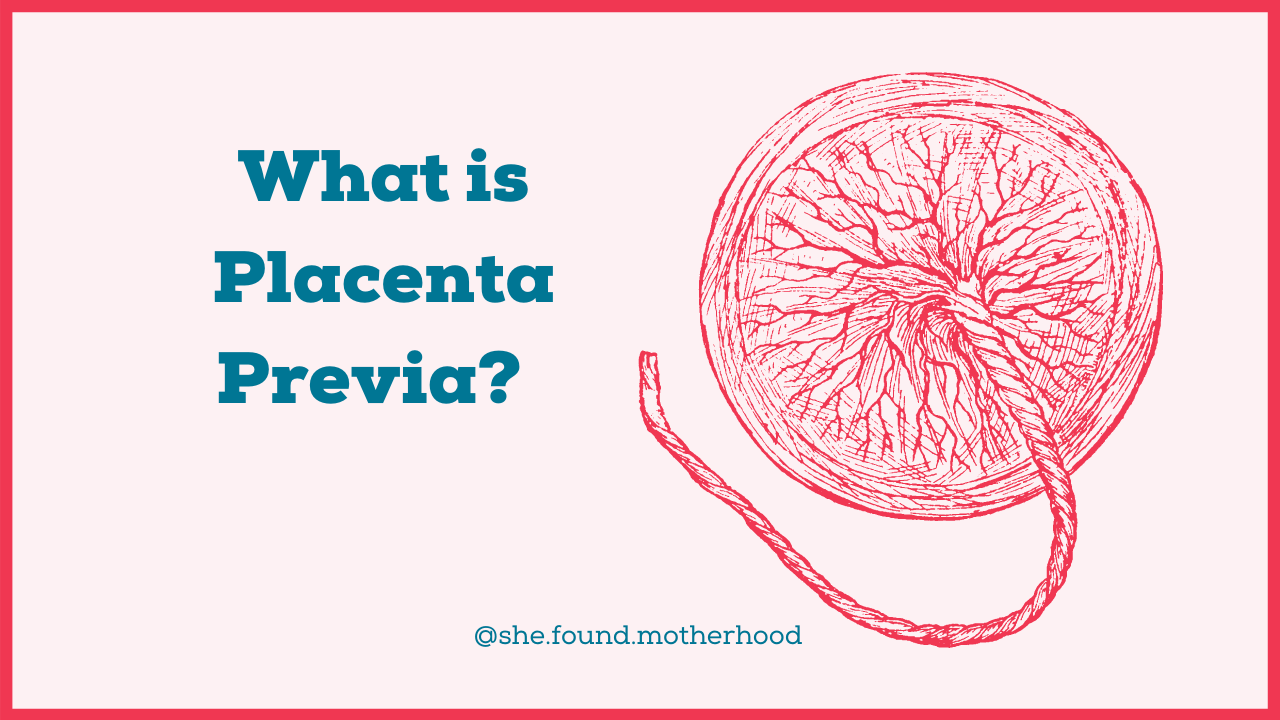What is Placenta Previa?
Jun 30, 2021
What is Placenta Previa?
Placenta previa affects about 2% of all pregnancies.
It is when the placenta covers part or all of the cervix.
It is usually diagnosed around 20 weeks when you have your anatomy ultrasound.
Why does this matter?
Well, this matters because if your placenta is covering your cervix, the baby can not come out that way!
As the cervix is an open tube, any dilatation or disruption of the cervix can also cause bleeding.
Can the Placenta move?
YES!! During the first two trimesters the uterus mainly grows from the top half (farthest away from your cervix) but in the third trimester the lower part of the uterus starts to grow and can pull the placenta up and out of the way!
We always recheck the position of placenta's that are previa around 32 weeks gestation to see if they have moved out of the way to allow you to try for a vaginal delivery, if that is your goal!
What if it doesn't move?
Well, if it does not move out of the way you will need a cesarean section, as it is blocking your baby's exit route. This is generally booked around 37-38 weeks (a bit earlier than most planned c/s) as we do not want your uterus contracting on its own.
What do I need to watch for?
Painless bleeding can occur in pregnancies that have a low lying placenta or placenta previa. Your care provider will discuss with you the reasons you should get assessed, and this is one of them.
Is there anything I need to avoid?
We generally recommend pelvic rest, until we know that the placenta has moved away from the cervix. This means nothing in your vagina (except an ultrasound probe checking the position of your placenta) and no uterus contractions (ie no orgasm).
Once we have confirmed your placenta has moved far enough away from your cervix, we remove these restrictions.
Are there any risks to my baby with placenta previa?
The risks are very low, however if you start bleeding significantly, there is a chance your baby will have to be delivered early. Preterm babies often need some extra support with feeding and sometimes breathing.
Most placenta previa's resolve (90%) and most that don't go to term and their planned delivery date.
Recap:
- About 2% of pregnancies will have a low lying placenta or placenta previa.
- Most of these will resolve by delivery
- If still present, we recommend a cesarean section.
- Rarely we need to delivery baby earlier due to frequent or heavy bleeding.
For more information, make sure to listen to our podcast!
Don't miss a word!
New topics, stories, and information delivered to your inbox weekly.
Sign-up to receive our podcast and blog posts delivered to you directly via email!
We hate SPAM. We will never sell your information, for any reason.


